The Omega Constellation Globemaster Annual Calendar
Looking back at an underrated piece from the Biel-based manufacture
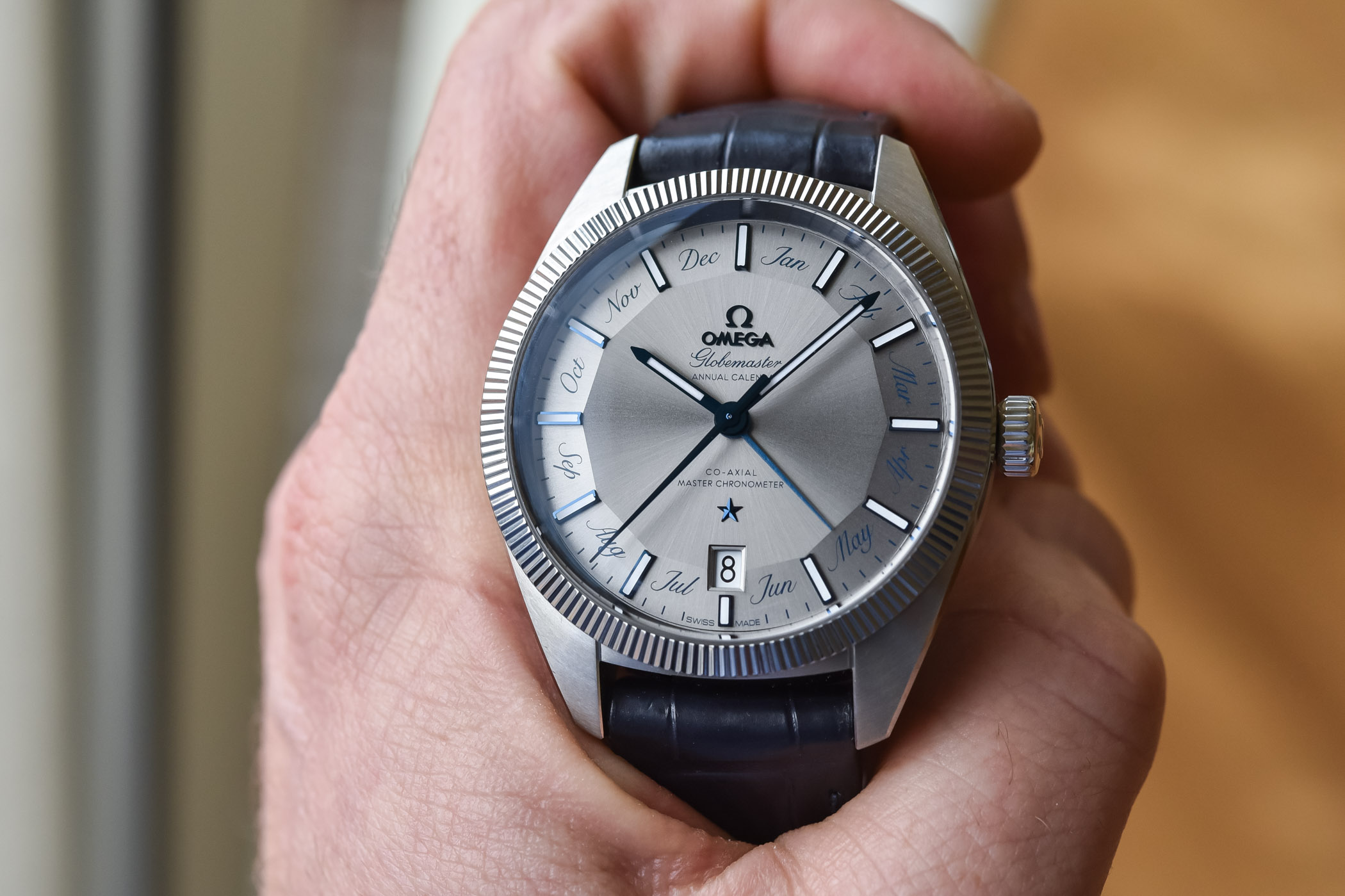
In our world driven by novelties and social media, it’s sometimes easy to forget things that have been presented only a few years ago. But today, we’ll give a look at a watch that is somehow underrated, a discreet model that, however, encompasses all the savoir-faire of Omega… and more. With its focus on precision, and the addition of one of the most practical types of calendar, the Constellation Globemaster Annual Calendar is full of arguments, but also some polarizing details. So today, we’ll give a look back at this timepiece.Â
A tribute to early Constellation watches
As we explained in this in-depth historical article, the Constellation is one of the most enduring collections of Omega. It even came to life before the legendary Speedmaster. While today the name often refers to watches with integrated bracelets and bezel with signature claws, the Constellation started its life with a different objective.
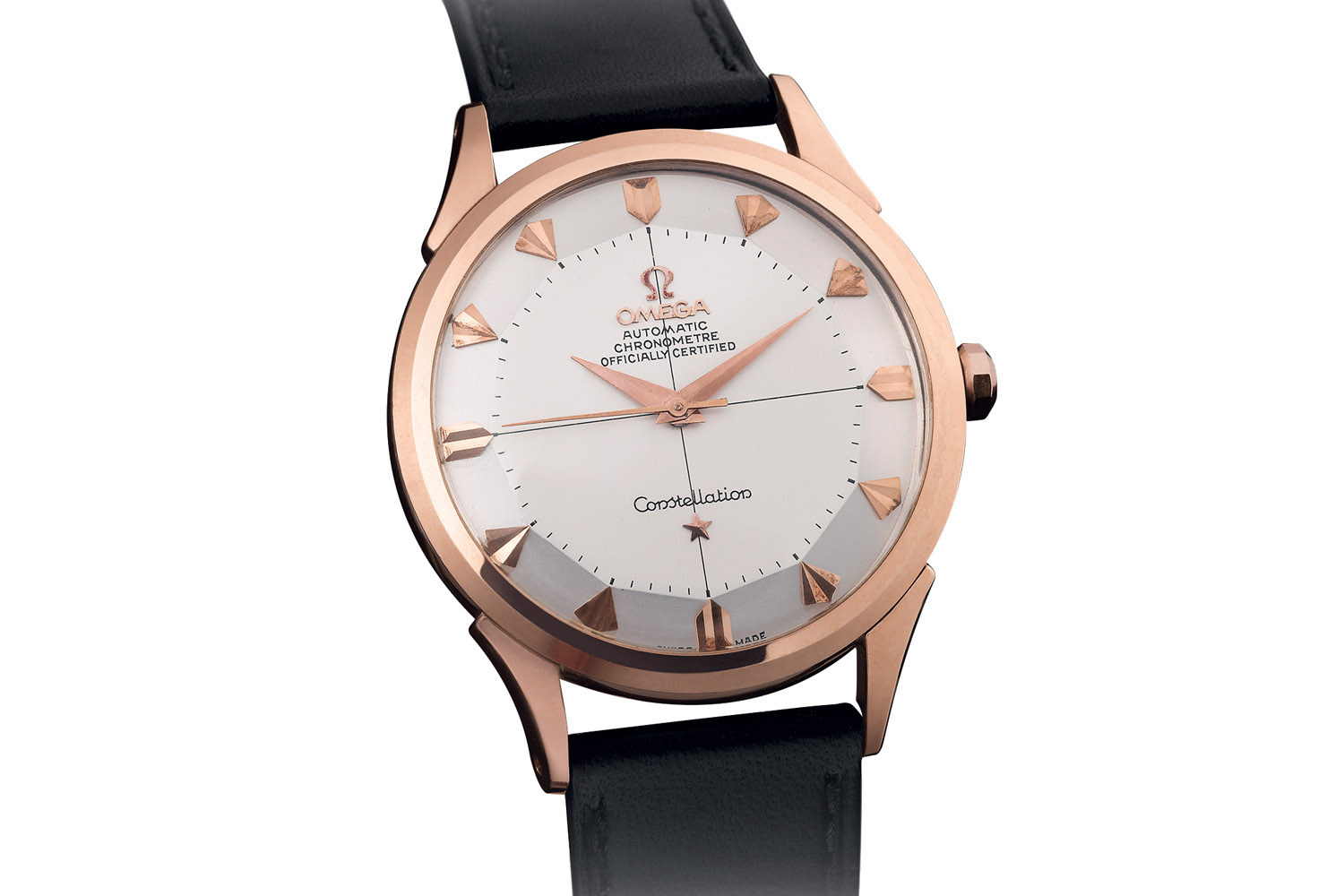
Following a limited edition watch in 1948 to celebrate Omega’s centenary, the brand unveiled the series-produced Constellation, a family of watches originally destined for men fitted with calibre 354, in 1952. Among multiple emblematic features, some distinguished the first members of the Constellation family: a star and the name of the watch above the 6 o’clock marker and a sealed caseback with a medallion featuring the Observatory of Geneva crowned by a constellation of eight stars. While multiple movements were available - calibres 351, 352, and 354 with bumper rotors and replaced four years later by calibres 500, 501, 505 and subsequently, in 1966 with calibre 561 for the date model, and eventually calibre 564 – all will be entirely devoted to precision, with chronometer certification. And this will become one of the hallmarks of the Constellation.
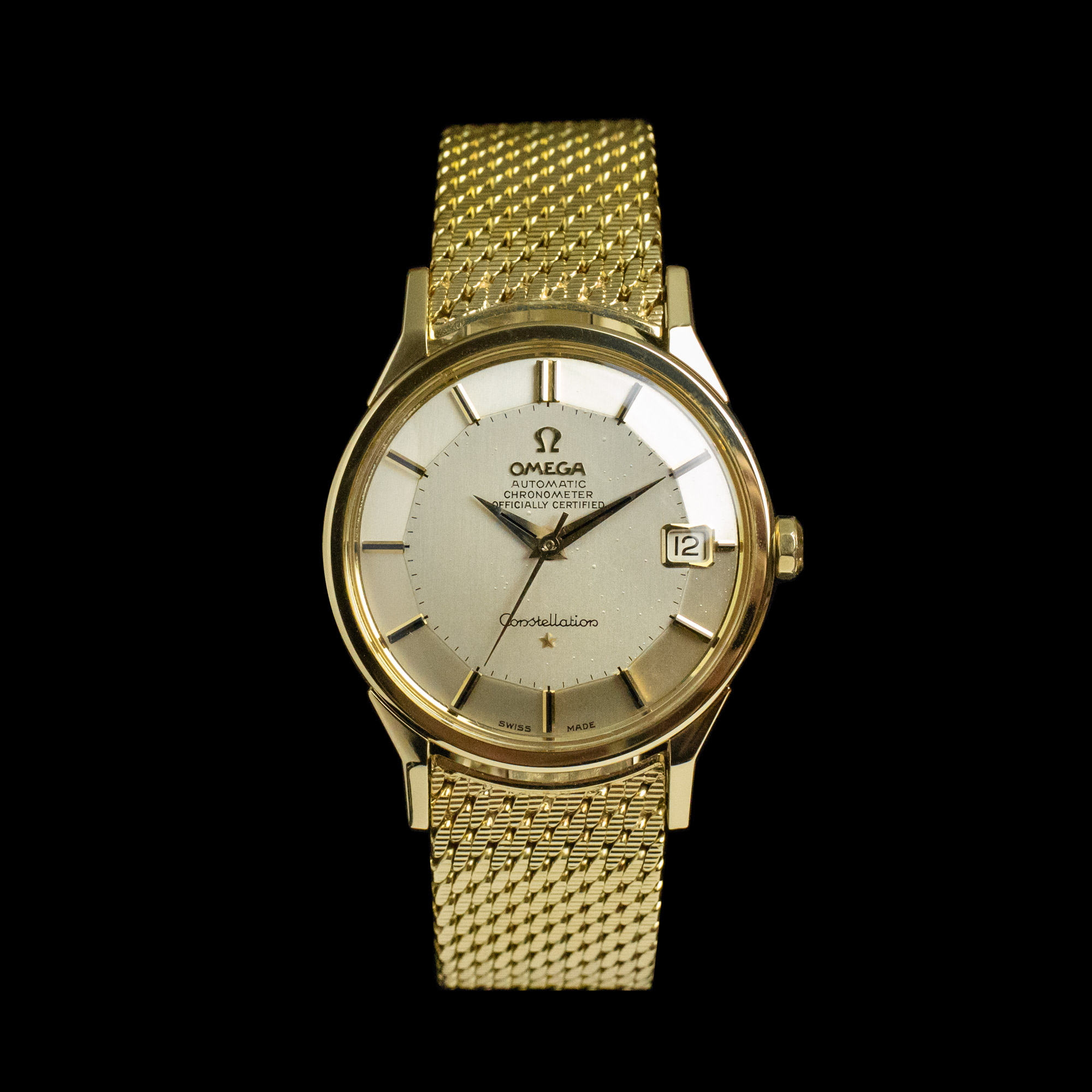
Another important feature of the early models is a design trait, the so-called “pie-pan” dials. With its raised central area and sloping peripheral chapter ring for the hour markers, the dial looked just like an upside-down pie-pan investing the watch with depth and originality. Described as a “12-sided” dial, the pie-pan models are hotly contested among vintage watch collectors.
With this in mind, and looking at the current collection… Well, you might now understand where most of the design elements are coming from.
The comeback of the original Constellation concept, with the Globemaster
In 2015, Omega will unveil something fundamental for the brand, which isn’t a watch, but its Master Chronometer certification, now spread around almost the entire collection. In addition to COSC chronometer certification, the Master Chronometer certification goes eight steps further and replicates real-life wearing conditions to ensure the watch is resistant to magnetic fields and water – a certification that was conceived together with the Swiss Federal Institute of Metrology METAS.

In order to present this new certification, which represents the epitome of precision and reliability for the brand, Omega decided to revamp the Constellation name, which was already representing, back in the days, the best of precision from Biel. And as an ode to the early Constellation watches, the Globemaster features a “pie-pan” dial and the Observatory of Geneva on the back. Originally presented in 2015 as a time-and-date watch, with an hour hand that can be set independently, the brand launched the following year a model with a highly interesting complication, the annual calendar.
The Globemaster Annual Calendar
While the Globemaster certainly doesn’t have the same aura as two of the most iconic watches produced by Omega (and two of the most iconic watches of the entire industry), the Speedmaster and the Seamaster, it is nevertheless a watch packed with qualities and arguments.
Design-wise, it can be seen as a slightly elegant vision of the daily watch, a model that can be worn in all situations, whether at the office with a suit but also during a weekend with a more casual attire. The Constellation Globemaster is the other all-rounder by Omega, together with the Aqua-Terra – the latter maybe has a slightly sportier bias, while the Globemaster tends to be a bit more on the elegant side. What matters here, as explained above, are the numerous references to early Constellation watches, all wrapped up in a more contemporary package.
The case of this edition of the Omega Constellation Globemaster is made of stainless steel, with an ovoid shape where the lugs feel somehow part of the entire case. Measuring 41mm in diameter, it isn’t a small piece, specifically in this annual calendar edition, with its 14.7mm height. The execution of the case is typical Omega, with brushed surfaces, polished accents and an undeniable feeling of robustness and quality. Less conventional, at least for Omega, is the bezel, which has a fluted profile and polished surface. In order to retain its beauty over the years, the bezel is made of scratch-proof tungsten carbide “hard metal” and the watch is, surprisingly considering its vocation, water-resistant to 100m – which is always appreciable.
Where the connection with past Constellation models is the most obvious, it’s on the dial. Indeed, the Globemaster collection is defined by its 12-sided “pie-pan” and the applied star at 6 o’clock. This edition, however, made some noise when first presented, with its unusual display for the calendar indications, and mostly for the font used to indicate the months. While Omega is mostly known for its rigorous design and clean dials, this edition came with a highly stylized italic lettering when a month window, as used in previous annual calendars from the De Ville collection, would have been certainly expected. Our reaction in 2016, when the watch was presented, was certainly not very positive and the press images were not giving full justice. A few years down the road and seeing the watch in the metal, there’s no denying that the font is polarizing, but the whole dial has far more to offer in return and the month indications blend more than expected.
Apart from the 12-sided profile, the dial of this specific Omega Constellation Globemaster Annual Calendar has a sunray-brushed pattern, which offers strong reflections with the ambient light. It is equipped with blued hands and applied markers, all filled with luminescent material. Another stainless steel edition is proposed by Omega, this time with an opaline-silvery dial.
As for the display, things are classic at first, with central hours, minutes and seconds, as well as a date window positioned at 6 o’clock. The main topic concerns the 4th central hand, displaying the month and linked to an annual calendar mechanism – which is, in our opinion, the best compromise between a simple calendar and a complex, fragile and expensive perpetual calendar. An annual calendar takes into account the length of the months, and automatically adjust the date depending if the month is 30 or 31 days. It only needs one correction a year, at the end of February.
To power this display, the Constellation Globemaster Annual Calendar relies on an evolution of the brand’s classic automatic movement, the in-house calibre 8922. Master Chronometer certified, it packs all of Omega’s technologies, including anti-magnetic properties, superior chronometric capacities, a free-sprung balance wheel with silicon balance spring, a twin-barrel for better distribution of the torque and, of course, the brand’s Co-Axial escapement. The movement shows classic decoration with Geneva stripes in Arabesque and the sapphire crystal is adorned with an Observatory medallion – a tribute to early Constellation watches.
All in all, the Omega Constellation Globemaster Annual Calendar is a watch that is, technically, flawless. The movement is, as always with Omega, surpassing expectations and the annual calendar complication remains highly interesting. The overall execution is also impressive, but once again, nothing new for an Omega. Best of all, considering the technical package, the watch is offered at a relatively fair price. Now remains the question of the design, which might be slightly more debatable. But nothing objective here.
The Omega Constellation Globemaster Co-Axial Master Chronometer Annual Calendar in steel is worn on an alligator strap with a steel folding clasp. It is available from boutiques and retailers, and is priced at EUR 8,300. For more details, please visit www.omegawatches.com.

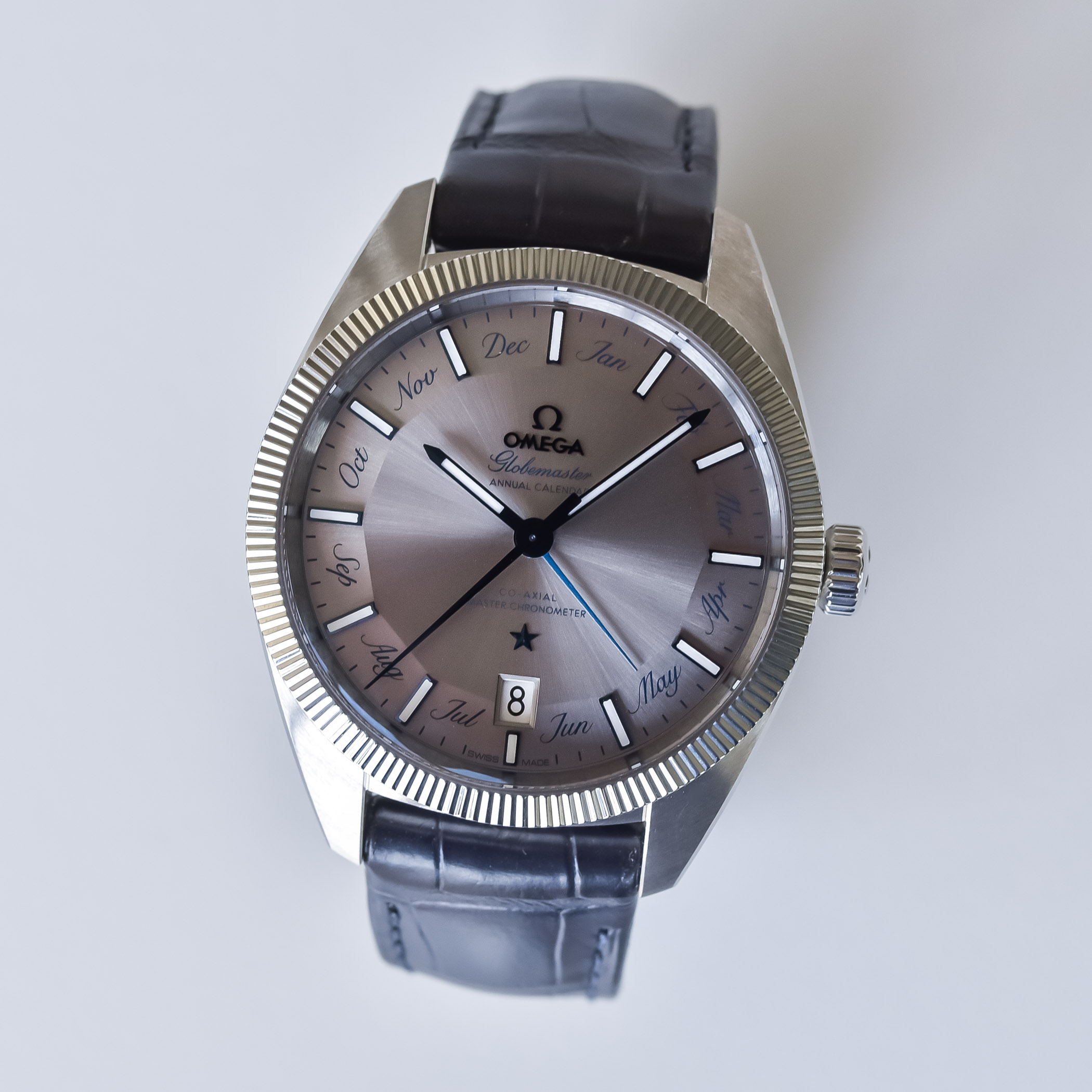
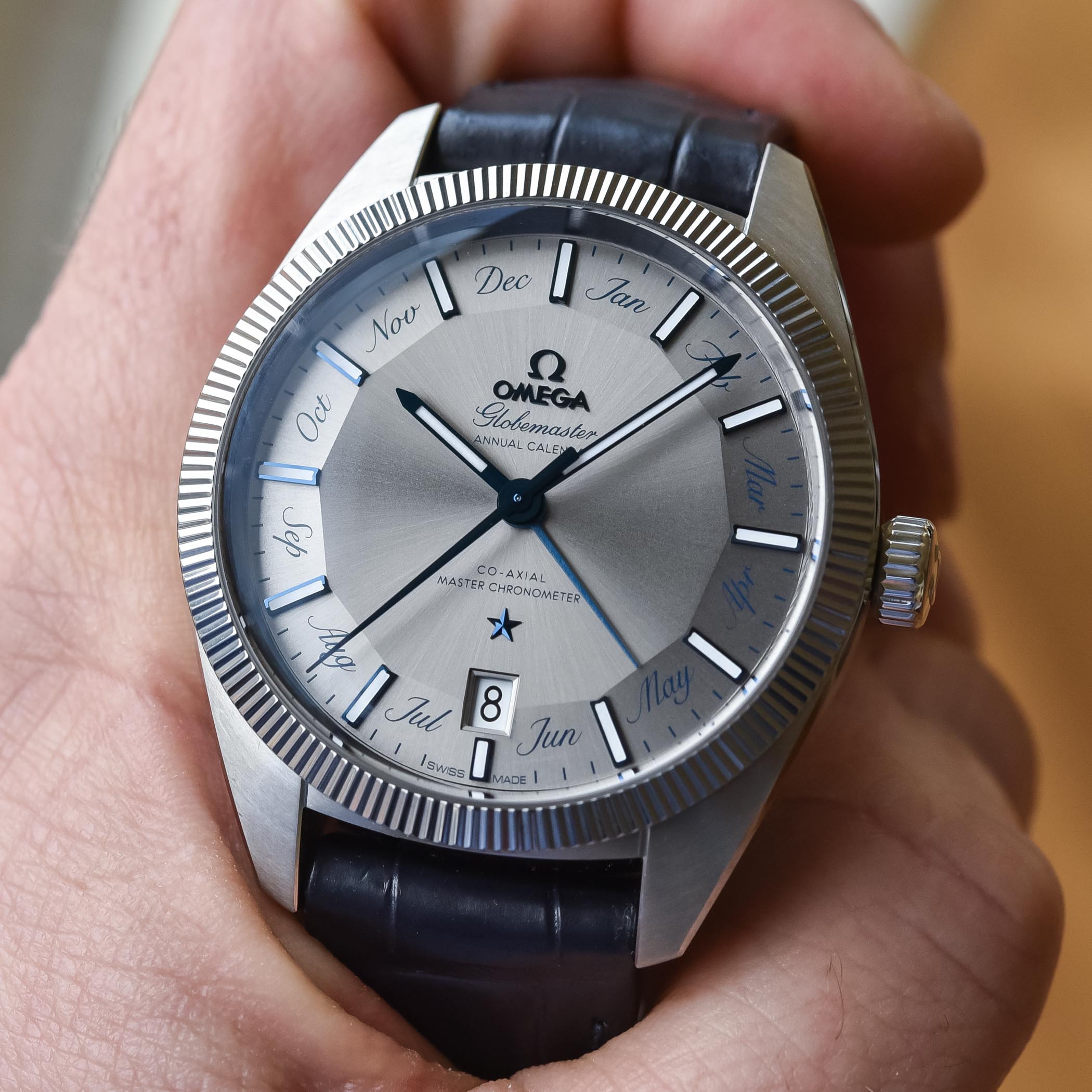
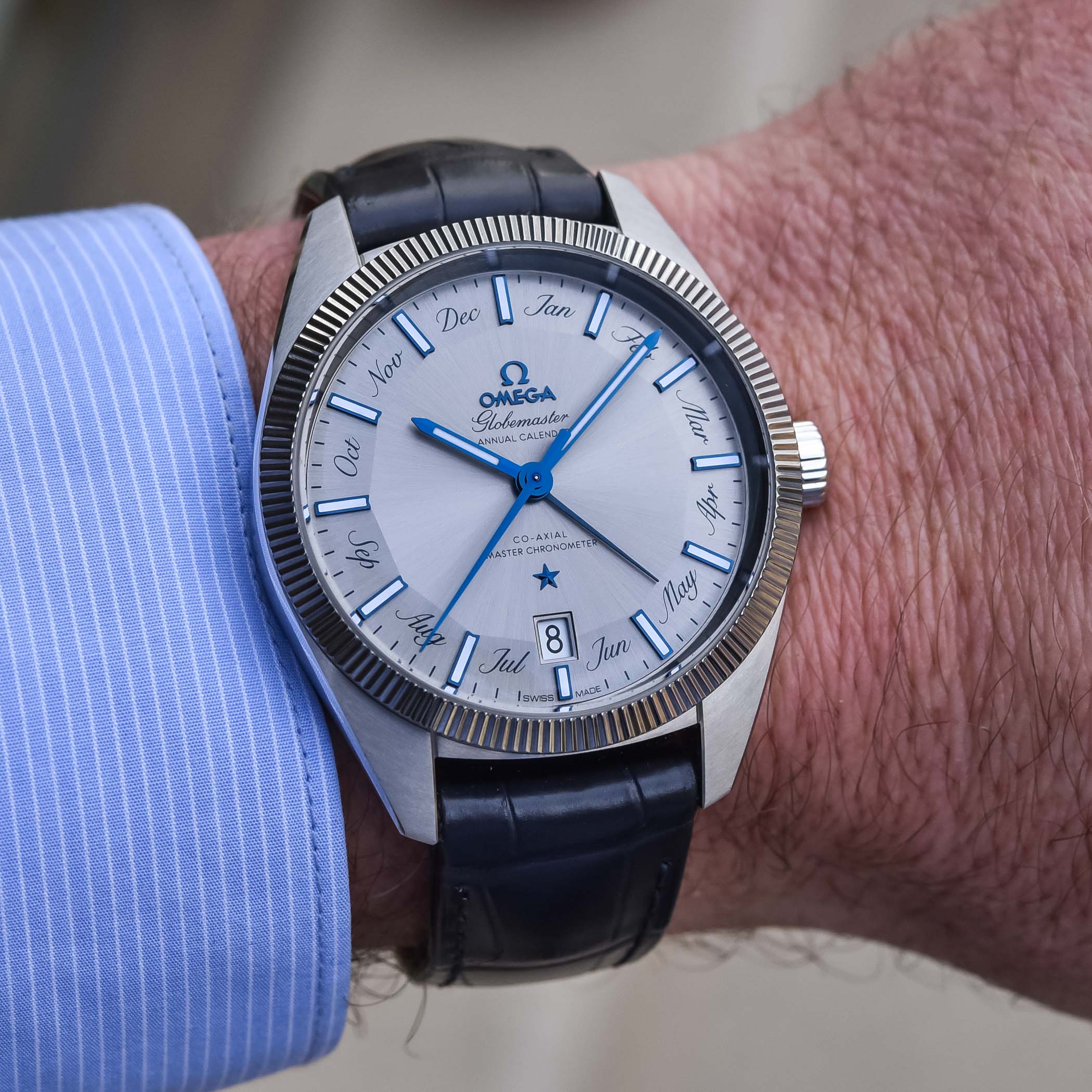
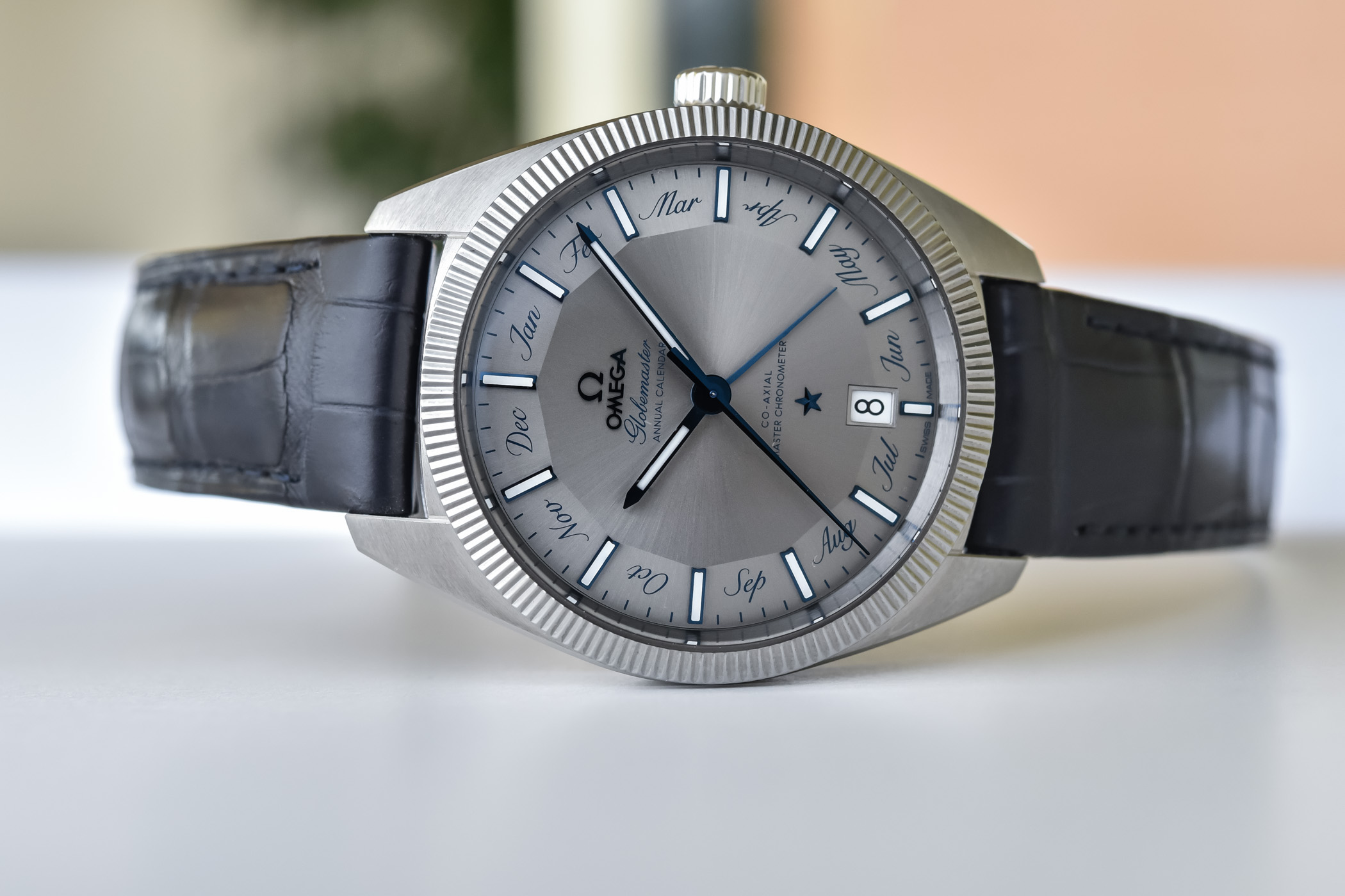
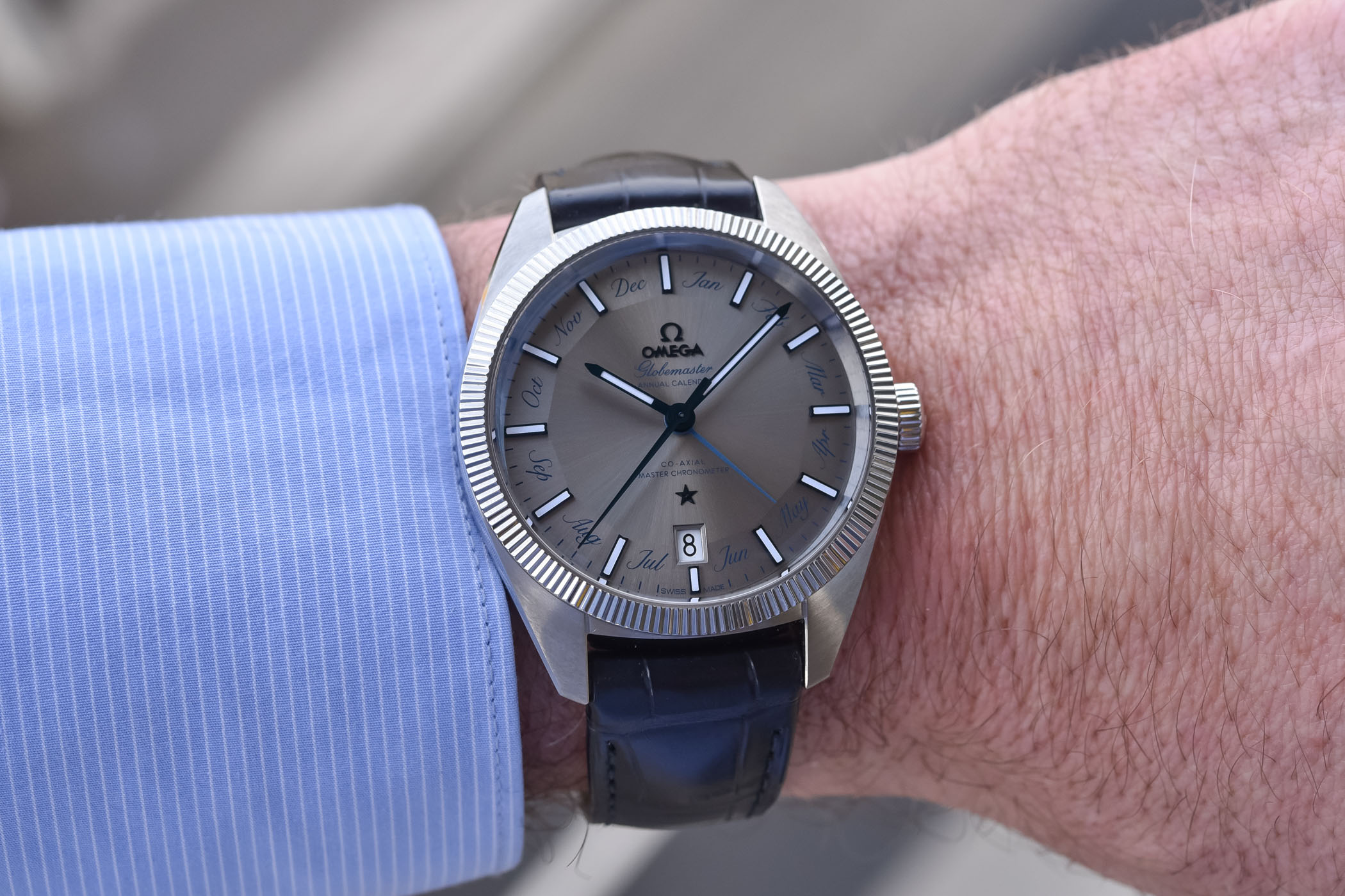
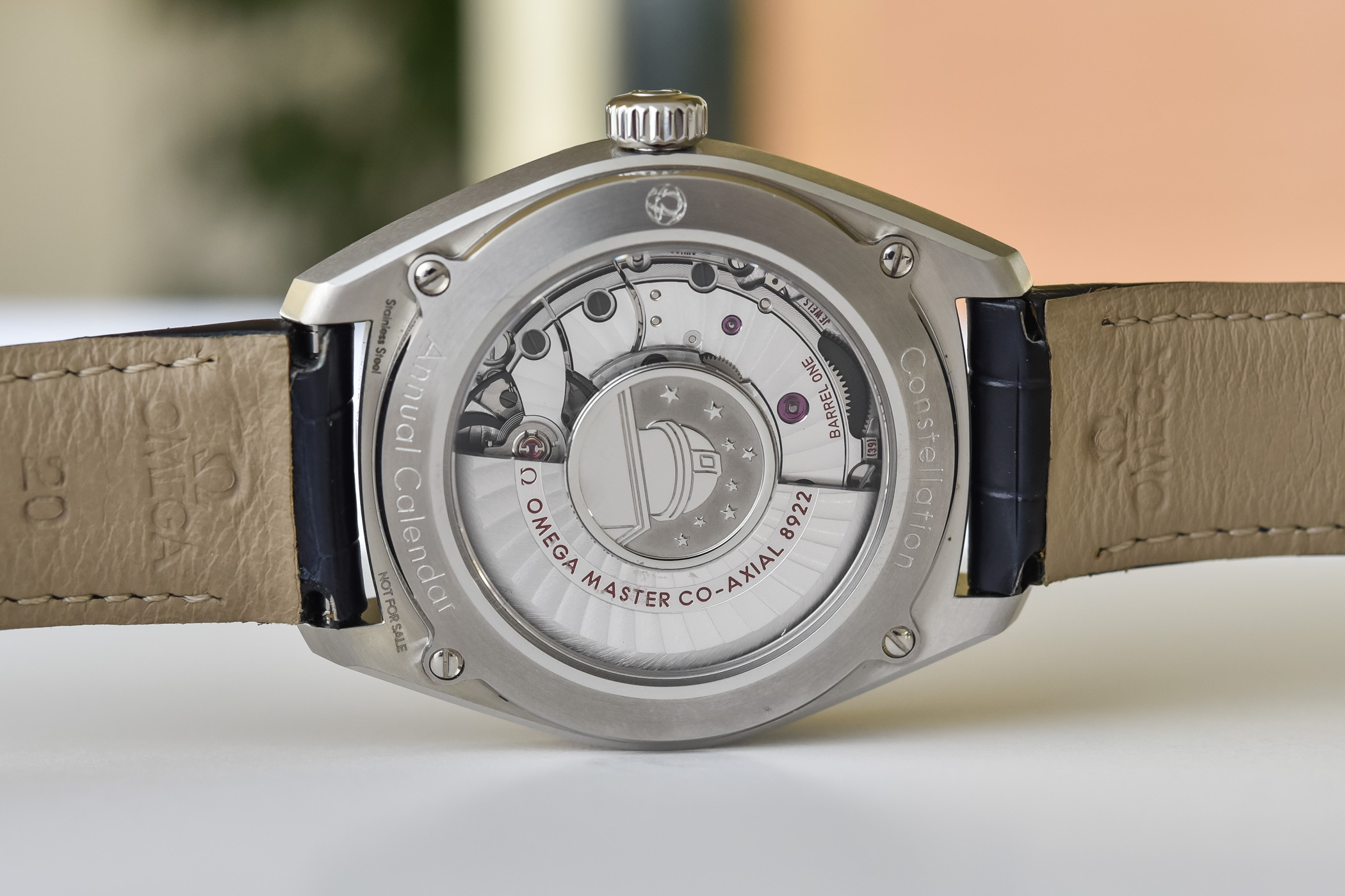
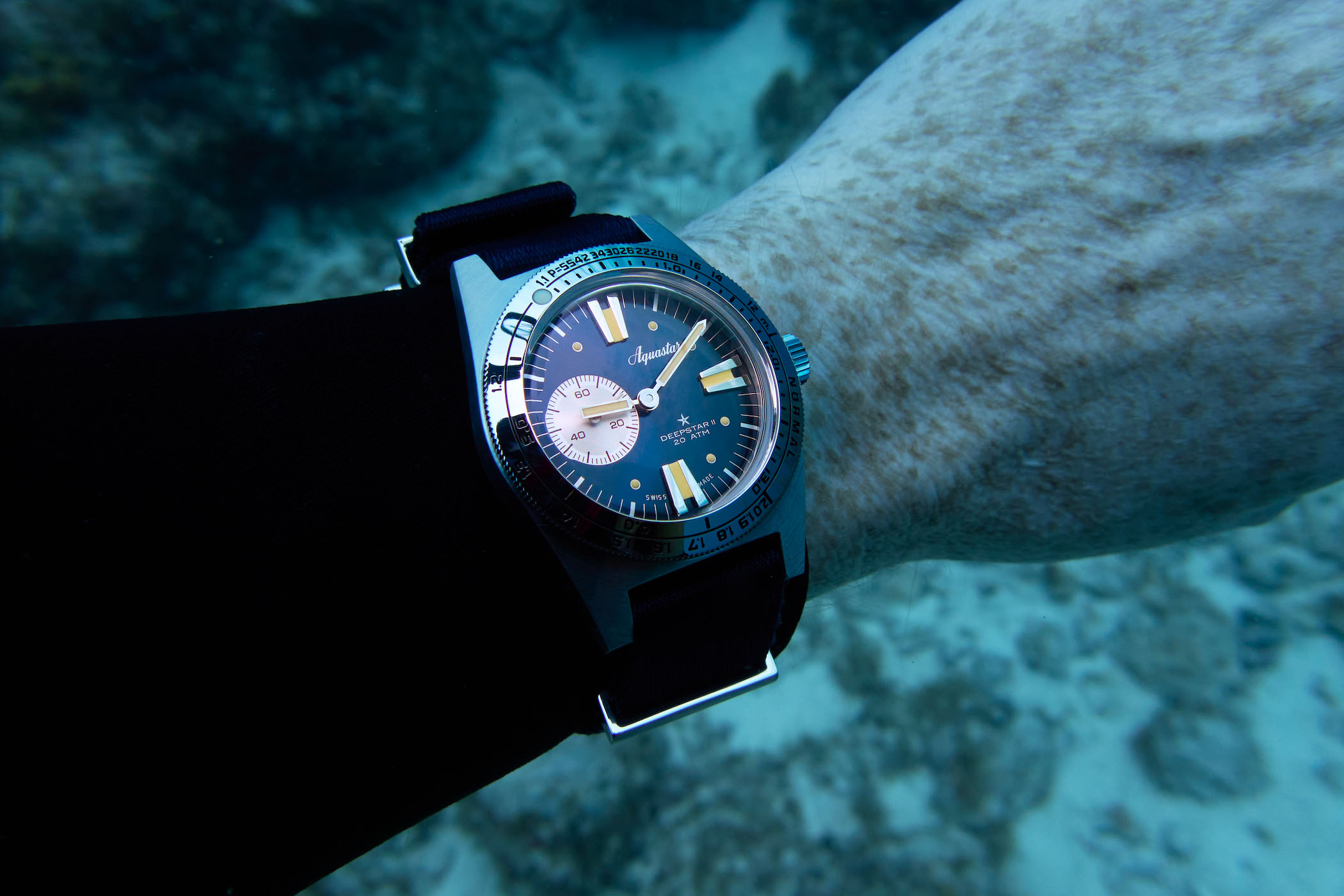
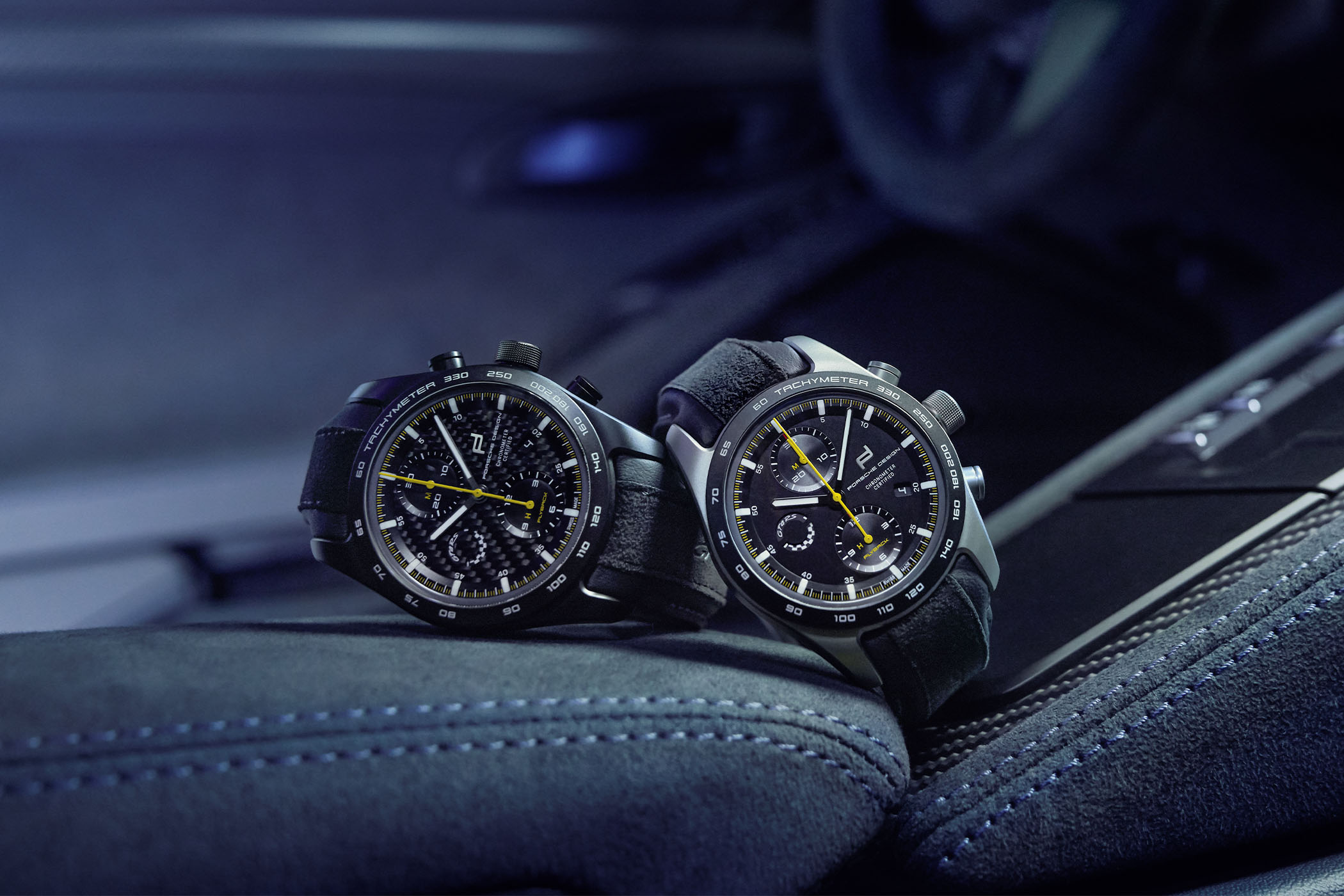
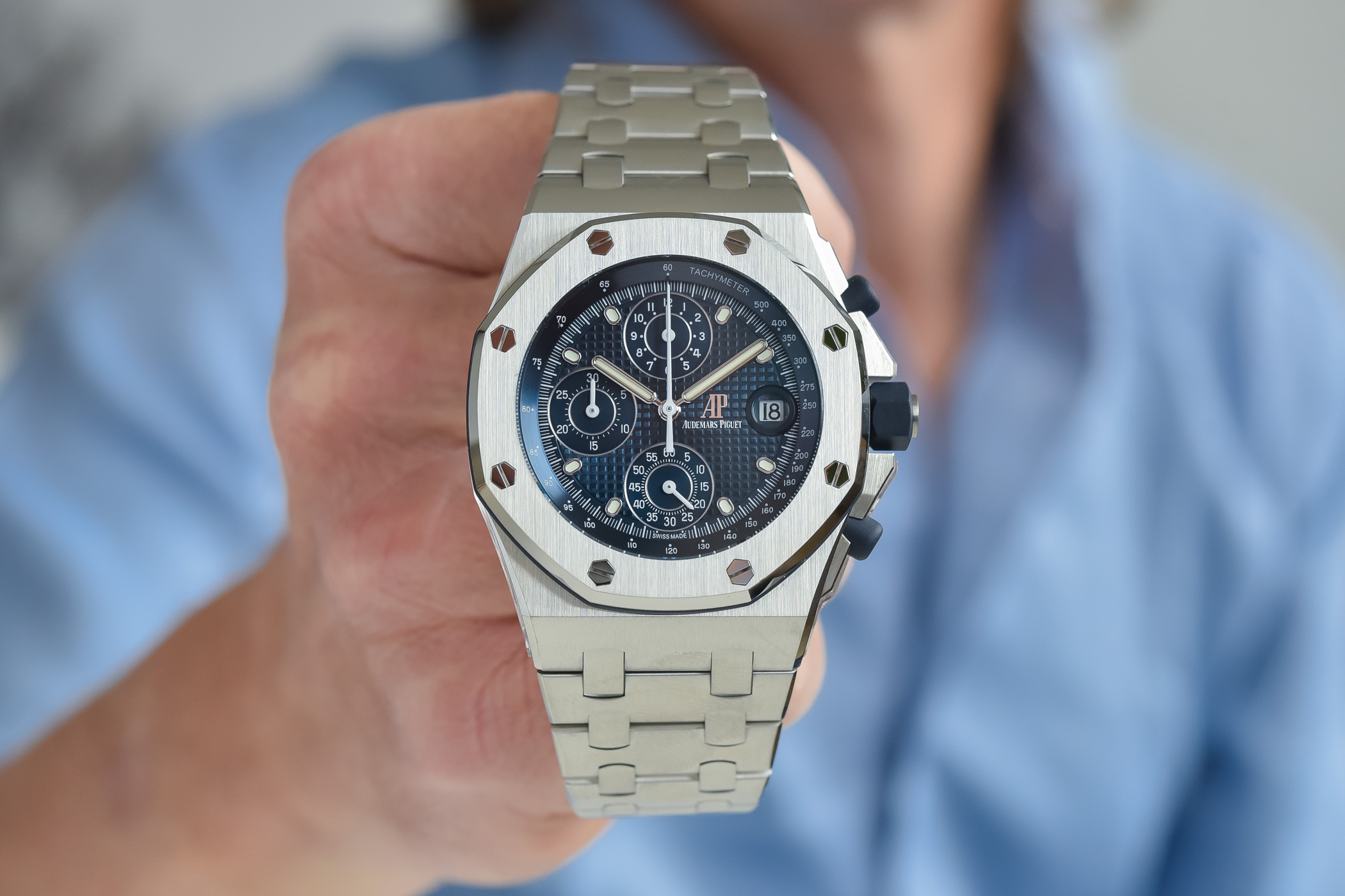
6 responses
Thank you for a welcome write up of a very neglected but very stylish watch. You are right that this watch has been overlooked in the Omega catalog even by Omega themselves as the newer glossy black and glossy blue dial watches that were supposed to have been introduced in 2019 have never materialised and have been removed from Omega’s website. If they have indeed been cancelled that is a great shame. The grey and blue Annual Calendar in the article is one of the nicest versions of this watch. Also appreciated is the short (by necessity) history of the Constellation family of watches at the start of the article. It helps to put the Globemaster into context. Your excellent article from 2015 on the 39mm Globemaster has a fuller history of that watch’s ancestors and is essential reading. It was very much part of my research before buying my own Globemaster a couple of years later. An article setting out the full history of the Omega Constellation on Monochrome Watches would be a fascinating read.
@SPR – thanks for your comment!!! And you might want to read this: https://mowa.dev/history-of-the-omega-constellation-in-depth/
Omega should release a globemaster in the theme of those vintage constellation pie pans. I would definitely buy that.
Thanks for the link to the Constellation history article. I did read it at the time it was released and it is very good, though I think that the middle generation of Constellation from 2009 to 2019 needs to be given an expanded part in the story as it actually quite an important watch for the development of the Constellation. It refined the “Double Eagle” style and moved the Constellation away from the quasi-sport watch direction Omega had been pushing it in since the “Double Eagle” was introduced, using dubious chronographs with black rubberized bezels etc. For example the Constellation “2009” was the first application for the Omega Day Date movement, the Cal.8602/12 and was mainly available in precious metal or bi-color form rather than stainless steel. With the Constellation 2009 Omega seemed to have recognized that the Constellation line was not and was never going to be a “sport” watch while not a “dress” watch the Constellation 2009 was certainly made less sporty and more formal type of watch. Perhaps the epitome of this move was the “Sedna” Limited Edition from 2013 made in the then new Sedna 18K gold alloy that came on a brown integrated leather strap with a pie pan dial using the old 1950s arrowhead style hour markers.
@SPQR – we should indeed dive into this one day 🙂
And again: The date wheel having a absolute disregarding colour…